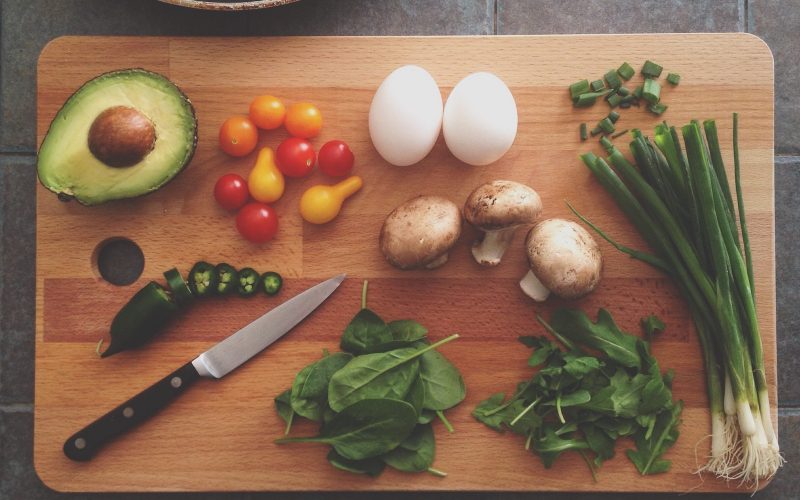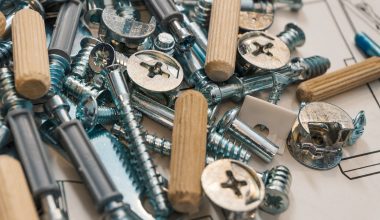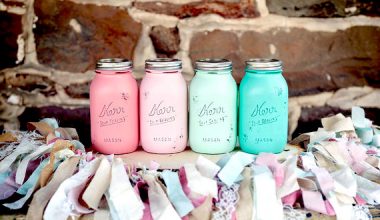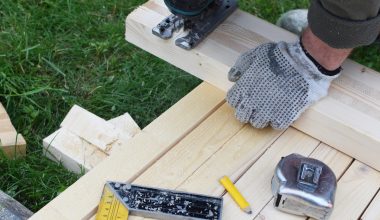When you think of using oils in the kitchen, you would usually think of using a cooking oil like olive or sunflower when cooking or baking. However, another important oil also needs to be used in the kitchen that is often forgotten about – mineral oil. Mineral oil, otherwise known as liquid paraffin, is the best oil to use when oiling a cutting board.
Cutting Board Maintenance
It is recommended that you oil your cutting board on a regular basis depending on how much you use it. Some people oil their cutting board once every month whereas others do it on a weekly basis.
A good indicator of knowing when your board is needing oiled is when it starts to feel dry and worn. Follow our how-to guide to make sure you are applying it correctly.
How to Oil a Cutting Board
Cutting boards are often expensive and require a little bit of maintenance and TLC. Oiling your cutting board is essential to prolong the life of your board and to prevent it from cracking and splintering. Here is how you can do it easily in just a few minutes.
- Before oiling your cutting board, it is important to make sure that it is clean and dried thoroughly. Do not fully submerge the board into water or put it in the dishwasher as it can distort and warp its shape, instead it is recommended that you rinse it with water and dish soap.
- Once dried, apply the oil evenly across the board using a clean cloth or paper towel.
- Leave the oil to soak into the board for at least several hours. Even better if you can leave it overnight.
- Once soaked in, rub off any remaining, excess oil with a clean cloth or paper towel.
- Enjoy your clean, shiny, protected cutting board. Repeat these steps when needed.
Mineral Oil for a Cutting Board
Food grade mineral oil is the most highly recommended and safest option to use on your cutting board as it is highly refined. There are many types of mineral oils that are not safe for human consumption. Food grade mineral oil is deemed safe for human consumption by the Federal Drug Administration (FDA).
Mineral oil has no expiry date; therefore, it will not go rancid on your cutting board as other oils may. Another benefit of using food-grade mineral oil is that it acts as a barrier that repels water. This decreases the chance that the board will rot from being washed. Plus it also reduces the chance that your board will soak up anything that is spilled onto it.
Can I use Teak Oil?
Another oil that could be considered to use on your cutting board is teak oil. Designed to be used on dense wood, teak oil is a blend of varnish and oil. Whilst teak oil can help prevent cracking or chipping, there is a large variation in the makeup of teak oil from brand to brand.
Teak oil is not universally food safe as the oil can be toxic and therefore should not be used to oil your cutting board. At least not if you were planning on using it again!
Common Board materials
Two of the most commonly used cutting boards are wood cutting boards and bamboo cutting boards. Wooden cutting boards are the most popular board used in the kitchen. However, they are extremely porous and absorbent. This means they soak up most of the things they come into contact with, even bacteria. Gross! Which is why it is very important to routinely wash your cutting board after each use.
Bamboo cutting boards act similar to wood in that they also need oiling and maintenance. Because bamboo grows fast and is readily available, it makes it a more sustainable and eco-friendly purchase than a wooden chopping board. It is perfect if you are conscious about your impact on the planet.
On the other hand, a wooden cutting board may last you longer than a bamboo board. After prolonged wear and use, bamboo boards can become more prone to absorbing bacteria. If this starts to happen, you will notice the board going a little fuzzy due to mold, in which case it needs replacing.
Regular care and maintenance are needed to ensure your cutting board has a long life. Make sure you always have some food-grade mineral oil around. Your chopping board will thank you for it.






